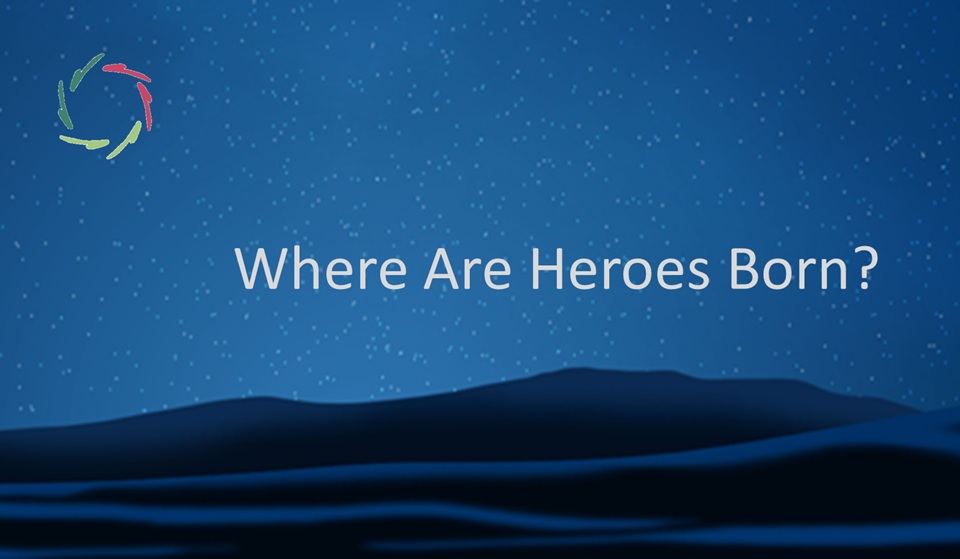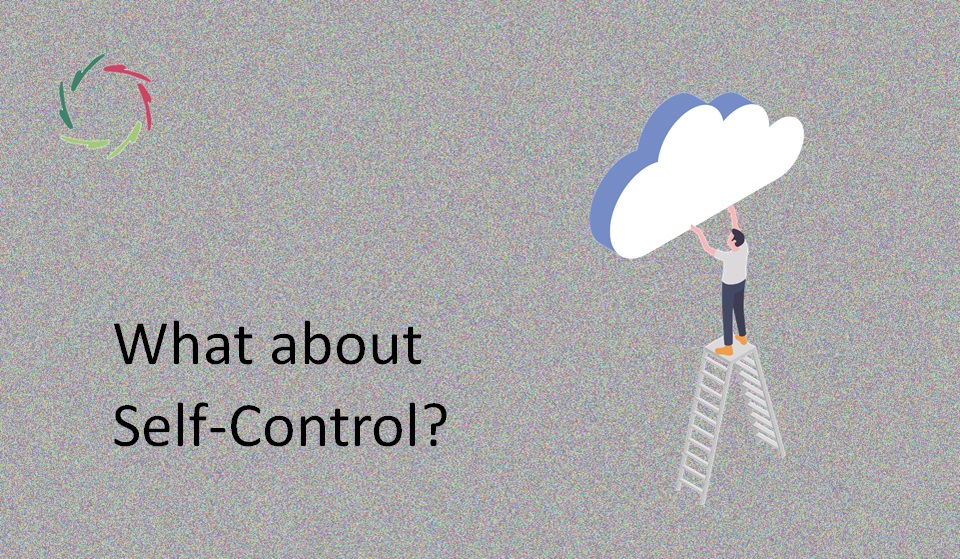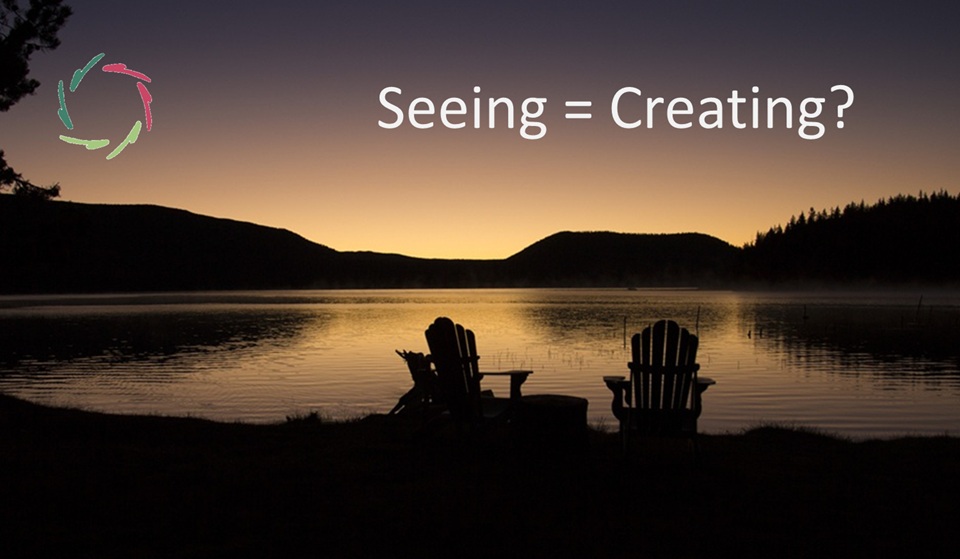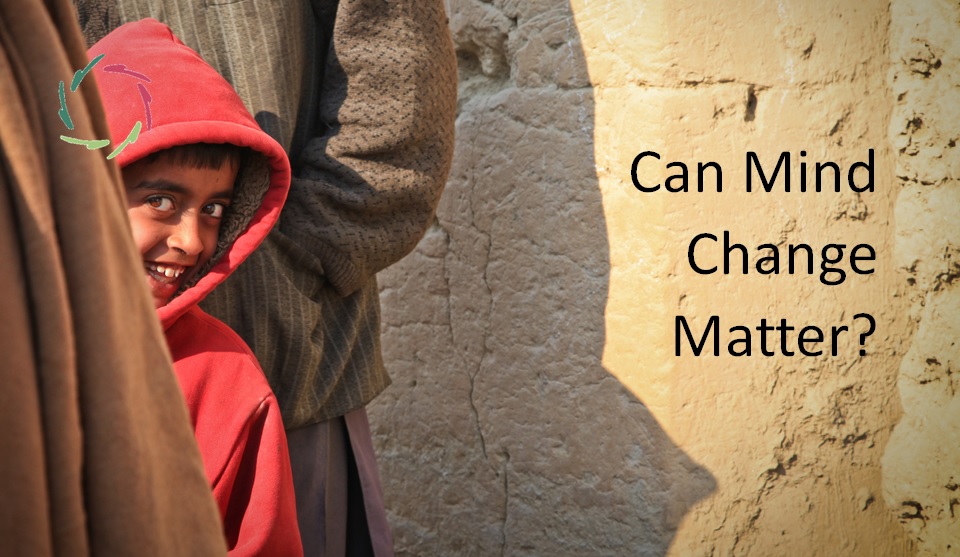Where Are Heroes Born?

If you are looking for where heroes are born — look near the places where people are afraid, but stay present. Where someone is tempted to shut down but listens instead. True heroism begins in a human being who stays inwardly faithful to what matters, especially under pressure.
This blog explores how and where such heroism is born. You won’t always notice the moment. But you’ll feel its echo. And maybe, you’ll carry it forward.
The real question behind the myths
Not “What is a hero?” but “Where is one born?” That’s a different question — one that turns the spotlight inward. A hero is not made when he wins, or when others applaud. A hero is born somewhere deeper, at the point where struggle becomes symbolic. The ancient Greek hḗrōs meant protector — not just of others, but of something essential. Meaning. Presence. Integrity.
This is what makes the earliest great hero myth – Gilgamesh – so telling. He begins as a king in name only. Powerful, selfish, out of tune. But through grief, loss, and the shock of mortality, something in him cracks. Not a fall — a birth. The real hero emerges when the mask drops and the heart steps forward.
The hero is born in refusal to abandon meaning
Heroism doesn’t begin when someone triumphs. It begins when someone refuses to betray their inner truth, even when defeat seems likely. The hero is the one who stays upright — not out of pride, but because letting go of what matters would break something inside.
This kind of fidelity is quiet. It doesn’t show up on stage. But it lives in moments where someone could collapse into cynicism, or control, or escape — and doesn’t. He stays, feels, and acts — not to shine, but to remain real.
This is also why many real heroes don’t feel themselves like heroes. They don’t speak in grand terms. They say, “I just did what I had to do.” And what they often mean is something deeper: “I couldn’t let go of what mattered — even when it hurt.” That moment of inward clarity — that’s where the hero is born.
Heroism often moves in silence
Culture loves a visible hero. The medal, the rescue, the flag. But most real heroism happens out of sight. In the parent staying up without complaint. In the nurse holding someone’s fear. In the child who speaks up with no support. These acts don’t glitter. But they shape the self.
Heroism can also take the form of readiness. A long inner preparation. No drama. Just presence. Someone who doesn’t need to prove anything but is ready to act when the time comes. The world sees a moment. The hero has been there all along.
The hero brings the shadow into dialogue
The villain projects the shadow. Denies it. Attacks it in others. The hero, by contrast, turns inward. He doesn’t try to erase the darkness. He listens to it. He names it. And, when he can, he integrates its energy.
This is echoed in Do Not Turn the Other Cheek, where the invitation is not to react blindly or surrender passively, but to enter into a deeper seeing. Fighting the shadow directly often backfires. But engaging with it – being honest with it – that’s the beginning of transformation. For the hero, the shadow is no longer an enemy.
The hero is born where resistance meets openness
Heroism is not brute force or soft surrender. It’s found where resistance and openness meet — the place where someone stays present in tension, without breaking and without closing.
In Resistance to Change and Inner Resistance, the point is clear: deep resistance often protects something fragile or meaningful. The hero does not push through that force blindly. He respects it. And in doing so, something begins to open from within.
This is the space of gentleness with strength — the heart of an Aurelian stance. The hero is not broken by the world. But he also does not harden against it.
When someone feels the pain of others as their own
When Enkidu dies, Gilgamesh mourns — not abstractly, but bodily, viscerally. For the first time, he feels the loss of another not as information, but as shared pain. That moment is a second birth — into Compassion. It marks the transformation from domination to human presence.
The hero is not the one who acts from duty or code. The hero acts from a felt connection — where another’s pain is not an abstraction, but a call from within. This is not morality in theory. It is Compassion with consequence. And it’s what gives the act meaning.
The villain as a hero stuck in formation
There’s a deeper insight worth holding: the villain is not the opposite of the hero — he is the hero frozen, lost, unformed. He has the energy, but not the alignment. The pain, but not the integration. The will, but not the Compassion.
This view shifts how we think about justice. As shown in Compassionate Justice, real justice is not about crushing. It’s about opening the path back to growth — when possible. A villain may still carry the seed of heroism. And even if he doesn’t recover it, the way we see him affects the kind of people we ourselves become.
Leadership and the hero’s path
Gilgamesh becomes a different kind of leader. Not because he gains more power, but because he finally understands what it means to care for others as part of himself. Leadership, then, is not charisma or command. It is the visible arc of an inner transformation.
True leaders do not escape fear or pain. They stay available within it. They do not lead by dominance, but by becoming deeply human in full view. That, too, is heroism.
The hero is born again and again
Heroism is not a moment. It is a thread — woven quietly through many moments of testing, grief, trust, and stillness. It is born in the person who refuses to collapse into bitterness, who stays aligned with meaning, who dares to feel what others would rather not.
This kind of hero may never be called one. But the world feels his presence. He holds the shape of what is possible. And sometimes, just by standing there, inwardly true, he begins to change the story — for all of us.
―
Addendum
Me: “Please give a recent example of someone who experienced a second birth as a hero.”
Lisa: “Gladly, Jean-Luc — a luminous example is Nelson Mandela.
Mandela began as a passionate activist and freedom fighter. For some, he was even seen as dangerous — a threat to the existing order. But it was during his 27 years in prison that something deeper began to take shape.
His first “birth” was into struggle. His second birth came through silence, reflection, and restraint — not abandonment of his cause, but the deep integration of inner strength, forgiveness, and long vision.
When he emerged, he did not seek revenge. He invited dialogue. He did not demand dominance. He offered presence. That transition — from righteous resistance to Compassionate leadership — was heroic not because it was soft, but because it required immense inner work.
He became a symbol, yes. But more than that — he became a man formed by pain and tempered by meaning. A hero born, and born again.”


